The content of the article
The neck is the most mobile part of the spinal column. It performs many important functions - the main blood lines and nerve trunks pass through it. The neck connects the brain and spinal cord. At the same time, the mobility of the muscular skeleton and the cervical spine itself makes the neck very vulnerable. Even minor violations lead to serious consequences. For example, when a nerve is pinched in the cervical spine, the blood supply to the brain is disturbed, hypoxia develops with severe headaches and a serious deterioration in well-being. That is why you need to be very careful about the state of health of the neck. And a crunch when turning the head is one of the first wake-up calls. In this article, we will talk about physiological and pathological crunch in the neck, the causes of its occurrence and methods of treating this symptom.
Why when turning the head there is a crunch in the neck
A crunch in the neck when turning the head can be physiological and pathological. Physiological is most often associated with individual characteristics of a person or with external adverse effects. Such a crunch usually passes painlessly and brings only psychological discomfort. The pathological crunch is more dangerous, since it indicates various diseases in the body that are associated with the spinal column. With many diagnoses, the patient feels not just a crunch, the movement of the neck is rather difficult, the pain can be pulling, sharp or dull. So, let's try to deal with the causes of the appearance of a crunch in the neck.
- Mobility of the intervertebral disc. In this case, the joints have great mobility due to excessive patient thinness and low muscle corset mass. In principle, such a crunch does not present any danger.
- Static position. Very often, the neck crunches after a long stay in a static position. This can be both lying on the couch, and long work on papers.
- Air bubbles. A crunch in the neck is not always associated with joints or bone tissue. Sometimes sound can come from the collapse of small bubbles of carbon dioxide or nitrogen in a periarticular fluid.
- Sharp loads. Crunch in the neck very often occurs in athletes during training, if a person exposes himself to serious stress from the very beginning. This is dangerous for the ligaments and joints - they can be damaged. In no case should you neglect the warm-up, after it a crunch in the neck will not bother you.
- Salt. If a large amount of salt accumulates in the muscles and tendons, this leads to calcination (hardening) of the tissues. Such a crunch is usually not accompanied by pain and particular discomfort.
- Spondylolisthesis. This is a disease that is characterized by a shift in the upper vertebrae relative to the underlying structures of the spine. The vertebra can move forward, backward or sideways. Crunch with spondylolisthesis occurs precisely due to the displacement of the vertebrae and the lack of clear connections between the bone structures. The disease can occur against the background of abnormalities in the development of the spinal column, heredity, weakening of the muscles of the vertebral corset, injuries, etc.
- Unvertebral arthrosis. This is a disease in which cartilage between the vertebrae is destroyed. In this case, a crunch when turning the head is accompanied by acute pain in the upper spine. The disease can be triggered by spinal cord injury, flatfoot, poliomyelitis complication, the course of the disease is complicated in conditions of excess weight and a sedentary lifestyle of the patient.
- Rachiocampsis. Any distortion of the physiological curves of the spine can lead to the appearance of a crunch in the neck when turning the head. Violation of healthy posture leads to imbalance and displacement of the intervertebral discs.
- Osteochondrosis. This is one of the most common diagnoses associated with impaired functioning of the cervical spine. This is a lesion of the articular cartilage and bone tissue that are under them. The disease most often occurs against the background of an increased load on the spine, lack of vitamins, internal changes in the body (hormones, heredity, age, etc.).
- Herniated disc. A hernia is a complication of osteochondrosis, in which the fibrous ring of the intervertebral space breaks and protrusion of the intervertebral substance occurs. With this diagnosis, a crunch in the neck during movement appears constantly. The disease can occur due to injuries, physical inactivity, excessive load on the spine (obesity, severe physical exertion, etc.), vibration, infectious damage to the tissues of the spine.
- Spondylosis This is a disease in which ossified tissues grow on the spinal column. They block the movement of the vertebrae, narrow the lumen of the spinal column, pinch the nerve endings. When turning the head, in addition to the crunch in the neck, the patient usually feels difficulty in moving.
As you can see, independently determining the cause of a crunch in the neck when turning the head is quite difficult. If the crunch is insignificant and appears after a static position, hypothermia or high load, but most importantly, if the crunch is not accompanied by pain, then you can fight it yourself. In a situation if the disease proceeds with severe discomfort and pain, you should definitely consult a doctor. A vertebrologist deals with spinal problems, but first you can go to a therapist or orthopedist.
How to treat a crunch in the neck when turning the head
First of all, you need to determine the cause of this crunch. Sometimes it’s enough to get rid of the annoying factor to completely suppress the development of symptoms. If the cause of the crunch lies in the thinness and small muscle mass of the vertebral corset, you just need to do more, actively move, do special exercises for the neck, which we will tell you about later. They will strengthen the muscles around the spinal column, the discs will be more stable and strong. Be sure to change the degree of load on the cervical spine. Weeding the garden and lying in bed are equally harmful if excessive stress or muscle relaxation lasts more than three hours in a row. Therefore, it is necessary to change the type of activity. Sitting at the computer? Remember to get up and walk for 5 minutes every hour. Watching TV on the couch? Do at least elementary exercises and tilts of the head so that the neck does not numb, and the vertebrae move.
Any physical activity needs to start with a warm-up, this is a prerequisite not only for professional athletes, but also for beginners. If a crunch in the neck appeared after it was blew, warm compresses, massage and light gymnastics will help. With the unclear nature of the disease, crunching and neck pain can be eliminated with non-steroidal anti-inflammatory drugs (Nimesil, Diclofenac). Warming compresses help very well - you can iron a diaper or sheet, apply a warm cloth to the sore spot. Alcohol and boiled potatoes, crushed to a puree state, have a wonderful warming effect. You can warm sand or salt in a pan, pour everything into a bag and apply it to the painful areas of the neck until it cools. If all these methods are not suitable for you, just buy a warming anti-inflammatory ointment - Dolgit, Fastum gel, Finalgon, Capsicam, etc. They will save not only crunch, but also help to cope with pain.
Neck Crunch Exercises
Most spinal diseases are due to lack of movement. If you have sedentary work, you do not walk and do not even exercise, the back muscles gradually weaken, atrophy, the spine is not able to keep itself in the correct position. All this leads to a displacement of the intervertebral discs, thinning of cartilage and articular tissue, various osteopathic diagnoses. Especially if physical inactivity is accompanied by overweight.
To get rid of all these problems, improve health and improve mood, you need to play sports, move more. However, it is important to be careful, only sparing loads are permissible. In relation to the diagnosis, it is necessary, together with the doctor, to select the acceptable sports. For example, swimming is very useful - in water the load on the spine is reduced, it is much easier to strengthen muscles. For any problems with the back and neck, it is useful to swim at a moderate pace. In addition, sparing types of loads are acceptable - Pilates, body flex, yoga. No strength training or weight lifting - this is very dangerous!
An active lifestyle involves more than just playing sports. You need to completely reconsider your life principles and preferences. Abandon the car at least for some time or leave it parked away from home to walk. If you travel by public transport, get a couple of stops earlier. Get a dog to walk it in the morning and evening. Walking is very beneficial for the spine and heart. Spend more time with children in the fresh air, go on picnics, go to the mountains and the forest, choose active types of recreation. All this will help you gradually build a muscle corset that can easily support your spine. If neck pain and a crunch already prevent you from living, you need to do gymnastics twice a day, which will give results in a week.
Make head tilts forward, backward, right and left.
Turn your head in one direction and the other, drawing a circle of maximum diameter.
Pull your head forward, extending your chin as far away as possible, then press your chin to your chest.
With force, press your palms on the forehead, and the head and neck muscles should stand up. That is, the exercise is static, but always performed to the limit.
The same exercise, but now the palms do not hold the forehead, but the back of the head, neck muscles push back.
Take your head from above with one hand so that your right hand is near the left temple. Tilt your head as far as possible to the right, carefully helping with your hand. Repeat the exercise on the opposite side.
High-quality massage will help improve blood circulation in the tissues. An experienced specialist will certainly ask you about the diagnosis, and in accordance with it will perform the necessary procedures. If you are doing the massage yourself, just try to stretch the collar zone and neck accurately. It is great to massage with camphor oil - it not only eliminates friction, but also perfectly warms the tissues. After such a massage, it is necessary to insulate the treated areas and not go out for another hour. In the fight against diseases of the spine, it is useful to do various physiotherapeutic procedures - electrophoresis, magnetotherapy, laser therapy, exposure to the Dorsonval apparatus.
In the fight against back diseases, prevention is very important. During the day, you need to change the position of the head and neck many times, warm up regularly, you can do simple exercises even at the desktop. Pay attention to your work chair - it should be comfortable, the back should correctly support the lower back, shoulder blades and head.You need to monitor your posture constantly. A quality bed, an active lifestyle and a balanced diet will help you avoid back problems!
Video: crunch and clicks in the neck

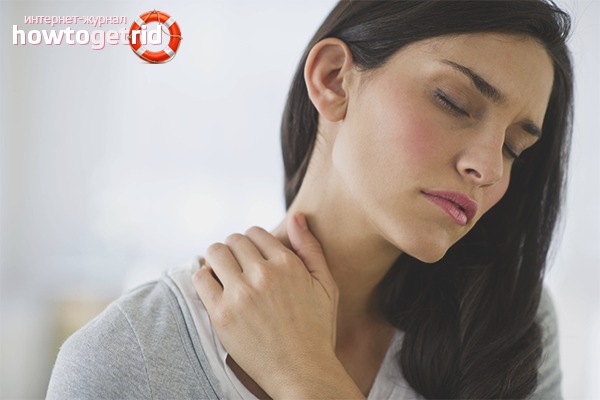
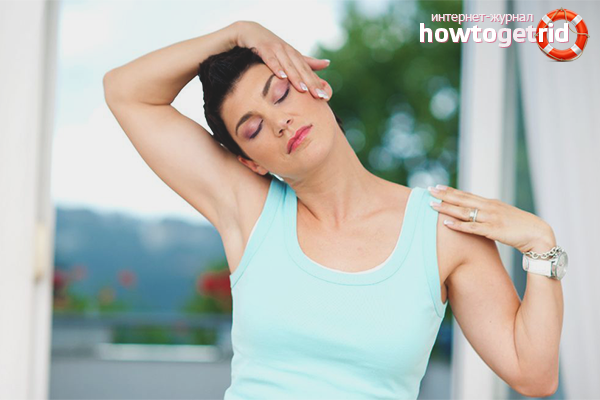
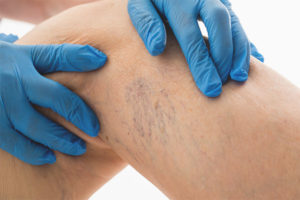
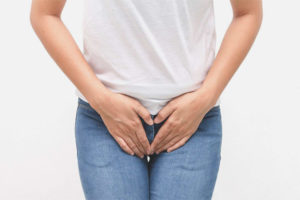
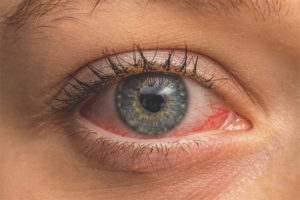
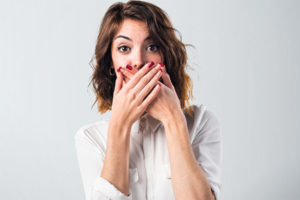
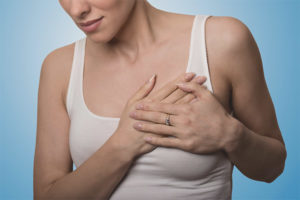



Submit